Honeywell 2003 Annual Report Download - page 346
Download and view the complete annual report
Please find page 346 of the 2003 Honeywell annual report below. You can navigate through the pages in the report by either clicking on the pages listed below, or by using the keyword search tool below to find specific information within the annual report.-
 1
1 -
 2
2 -
 3
3 -
 4
4 -
 5
5 -
 6
6 -
 7
7 -
 8
8 -
 9
9 -
 10
10 -
 11
11 -
 12
12 -
 13
13 -
 14
14 -
 15
15 -
 16
16 -
 17
17 -
 18
18 -
 19
19 -
 20
20 -
 21
21 -
 22
22 -
 23
23 -
 24
24 -
 25
25 -
 26
26 -
 27
27 -
 28
28 -
 29
29 -
 30
30 -
 31
31 -
 32
32 -
 33
33 -
 34
34 -
 35
35 -
 36
36 -
 37
37 -
 38
38 -
 39
39 -
 40
40 -
 41
41 -
 42
42 -
 43
43 -
 44
44 -
 45
45 -
 46
46 -
 47
47 -
 48
48 -
 49
49 -
 50
50 -
 51
51 -
 52
52 -
 53
53 -
 54
54 -
 55
55 -
 56
56 -
 57
57 -
 58
58 -
 59
59 -
 60
60 -
 61
61 -
 62
62 -
 63
63 -
 64
64 -
 65
65 -
 66
66 -
 67
67 -
 68
68 -
 69
69 -
 70
70 -
 71
71 -
 72
72 -
 73
73 -
 74
74 -
 75
75 -
 76
76 -
 77
77 -
 78
78 -
 79
79 -
 80
80 -
 81
81 -
 82
82 -
 83
83 -
 84
84 -
 85
85 -
 86
86 -
 87
87 -
 88
88 -
 89
89 -
 90
90 -
 91
91 -
 92
92 -
 93
93 -
 94
94 -
 95
95 -
 96
96 -
 97
97 -
 98
98 -
 99
99 -
 100
100 -
 101
101 -
 102
102 -
 103
103 -
 104
104 -
 105
105 -
 106
106 -
 107
107 -
 108
108 -
 109
109 -
 110
110 -
 111
111 -
 112
112 -
 113
113 -
 114
114 -
 115
115 -
 116
116 -
 117
117 -
 118
118 -
 119
119 -
 120
120 -
 121
121 -
 122
122 -
 123
123 -
 124
124 -
 125
125 -
 126
126 -
 127
127 -
 128
128 -
 129
129 -
 130
130 -
 131
131 -
 132
132 -
 133
133 -
 134
134 -
 135
135 -
 136
136 -
 137
137 -
 138
138 -
 139
139 -
 140
140 -
 141
141 -
 142
142 -
 143
143 -
 144
144 -
 145
145 -
 146
146 -
 147
147 -
 148
148 -
 149
149 -
 150
150 -
 151
151 -
 152
152 -
 153
153 -
 154
154 -
 155
155 -
 156
156 -
 157
157 -
 158
158 -
 159
159 -
 160
160 -
 161
161 -
 162
162 -
 163
163 -
 164
164 -
 165
165 -
 166
166 -
 167
167 -
 168
168 -
 169
169 -
 170
170 -
 171
171 -
 172
172 -
 173
173 -
 174
174 -
 175
175 -
 176
176 -
 177
177 -
 178
178 -
 179
179 -
 180
180 -
 181
181 -
 182
182 -
 183
183 -
 184
184 -
 185
185 -
 186
186 -
 187
187 -
 188
188 -
 189
189 -
 190
190 -
 191
191 -
 192
192 -
 193
193 -
 194
194 -
 195
195 -
 196
196 -
 197
197 -
 198
198 -
 199
199 -
 200
200 -
 201
201 -
 202
202 -
 203
203 -
 204
204 -
 205
205 -
 206
206 -
 207
207 -
 208
208 -
 209
209 -
 210
210 -
 211
211 -
 212
212 -
 213
213 -
 214
214 -
 215
215 -
 216
216 -
 217
217 -
 218
218 -
 219
219 -
 220
220 -
 221
221 -
 222
222 -
 223
223 -
 224
224 -
 225
225 -
 226
226 -
 227
227 -
 228
228 -
 229
229 -
 230
230 -
 231
231 -
 232
232 -
 233
233 -
 234
234 -
 235
235 -
 236
236 -
 237
237 -
 238
238 -
 239
239 -
 240
240 -
 241
241 -
 242
242 -
 243
243 -
 244
244 -
 245
245 -
 246
246 -
 247
247 -
 248
248 -
 249
249 -
 250
250 -
 251
251 -
 252
252 -
 253
253 -
 254
254 -
 255
255 -
 256
256 -
 257
257 -
 258
258 -
 259
259 -
 260
260 -
 261
261 -
 262
262 -
 263
263 -
 264
264 -
 265
265 -
 266
266 -
 267
267 -
 268
268 -
 269
269 -
 270
270 -
 271
271 -
 272
272 -
 273
273 -
 274
274 -
 275
275 -
 276
276 -
 277
277 -
 278
278 -
 279
279 -
 280
280 -
 281
281 -
 282
282 -
 283
283 -
 284
284 -
 285
285 -
 286
286 -
 287
287 -
 288
288 -
 289
289 -
 290
290 -
 291
291 -
 292
292 -
 293
293 -
 294
294 -
 295
295 -
 296
296 -
 297
297 -
 298
298 -
 299
299 -
 300
300 -
 301
301 -
 302
302 -
 303
303 -
 304
304 -
 305
305 -
 306
306 -
 307
307 -
 308
308 -
 309
309 -
 310
310 -
 311
311 -
 312
312 -
 313
313 -
 314
314 -
 315
315 -
 316
316 -
 317
317 -
 318
318 -
 319
319 -
 320
320 -
 321
321 -
 322
322 -
 323
323 -
 324
324 -
 325
325 -
 326
326 -
 327
327 -
 328
328 -
 329
329 -
 330
330 -
 331
331 -
 332
332 -
 333
333 -
 334
334 -
 335
335 -
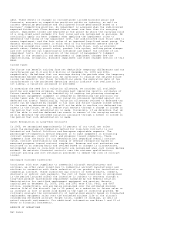 336
336 -
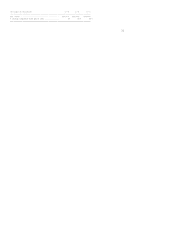 337
337 -
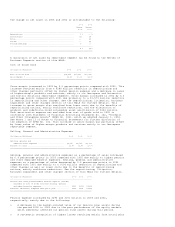 338
338 -
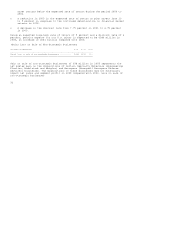 339
339 -
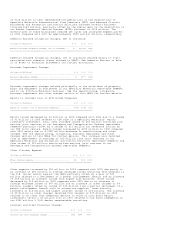 340
340 -
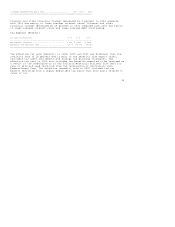 341
341 -
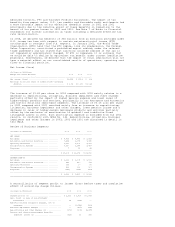 342
342 -
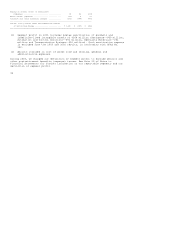 343
343 -
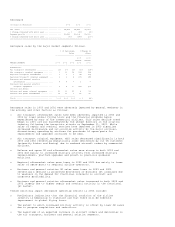 344
344 -
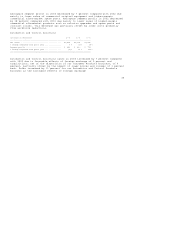 345
345 -
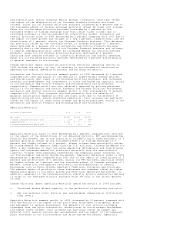 346
346 -
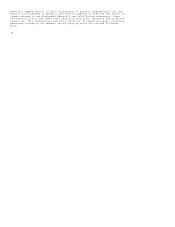 347
347 -
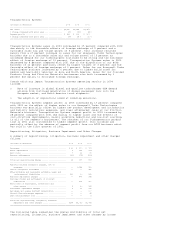 348
348 -
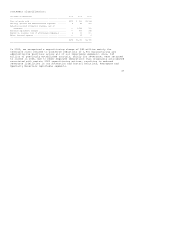 349
349 -
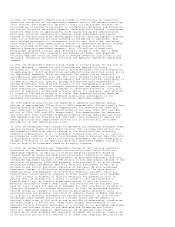 350
350 -
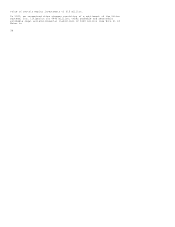 351
351 -
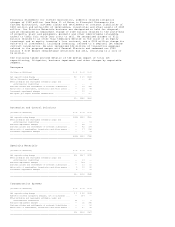 352
352 -
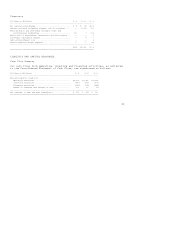 353
353 -
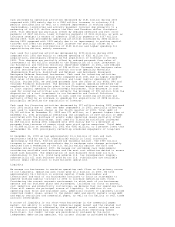 354
354 -
 355
355 -
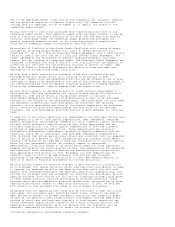 356
356 -
 357
357 -
 358
358 -
 359
359 -
 360
360 -
 361
361 -
 362
362 -
 363
363 -
 364
364 -
 365
365 -
 366
366 -
 367
367 -
 368
368 -
 369
369 -
 370
370 -
 371
371 -
 372
372 -
 373
373 -
 374
374 -
 375
375 -
 376
376 -
 377
377 -
 378
378 -
 379
379 -
 380
380 -
 381
381 -
 382
382 -
 383
383 -
 384
384 -
 385
385 -
 386
386 -
 387
387 -
 388
388 -
 389
389 -
 390
390 -
 391
391 -
 392
392 -
 393
393 -
 394
394 -
 395
395 -
 396
396 -
 397
397 -
 398
398 -
 399
399 -
 400
400 -
 401
401 -
 402
402 -
 403
403 -
 404
404 -
 405
405 -
 406
406 -
 407
407 -
 408
408 -
 409
409 -
 410
410 -
 411
411 -
 412
412 -
 413
413 -
 414
414 -
 415
415 -
 416
416 -
 417
417 -
 418
418 -
 419
419 -
 420
420 -
 421
421 -
 422
422 -
 423
423 -
 424
424 -
 425
425 -
 426
426 -
 427
427 -
 428
428 -
 429
429 -
 430
430 -
 431
431 -
 432
432 -
 433
433 -
 434
434 -
 435
435 -
 436
436 -
 437
437 -
 438
438 -
 439
439 -
 440
440 -
 441
441 -
 442
442 -
 443
443 -
 444
444
 |
 |
and acquisitions, mainly Invensys Sensor Systems (Invensys), more than offset
the impact of the disposition of our Consumer Products business and lower
volumes. Sales for our Process Solutions business increased by 4 percent due to
the favorable effect of foreign exchange partially offset by lower unit volumes.
Sales for our Building Solutions business increased by 2 percent as the
favorable effect of foreign exchange more than offset lower volumes due to
continued softness in the non-residential construction market. Automation and
Control Solutions sales in 2002 decreased by 3 percent compared with 2001 due to
the impact of lower prices and volumes of 2 and 1 percent, respectively, and net
divestitures of 1 percent, mainly our Consumer Products business. This decrease
was partially offset by the favorable effect of foreign exchange of 1 percent.
Sales declined by 2 percent for our Automation and Control Products business
primarily due to the disposition of our Consumer Products business and softness
in capital spending partially offset by increased demand for security-related
products. Sales for our Process Solutions business declined by 4 percent
resulting from ongoing softness in industrial production and capital spending.
Sales for our Building Solutions business decreased by 3 percent due primarily
to general weakness in the economy.
Trends which may impact Automation and Control Solutions operating results in
2004 include the extent, if any, of recovery in non-residential construction
spending and capital spending on process and building automation.
Automation and Controls Solutions segment profit in 2003 decreased by 2 percent
compared with 2002 due mainly to the decline in higher-margin energy-retrofit
and discretionary spot sales in our Building Solutions business, and increased
research and development and investments in sales and marketing capacity, mainly
in our Automation and Control Products and Building Solutions businesses,
respectively. Segment profit was also adversely impacted by pricing pressures
mainly in our Automation and Control Products and Process Solutions businesses.
Automation and Control Solutions segment profit in 2002 increased by 11 percent
compared with 2001. This increase resulted primarily from the absence of
goodwill amortization expense in 2002 and lower costs due to the benefits of
repositioning actions, mainly workforce reductions. This increase was partially
offset by the impact of lower sales volumes and pricing pressures, mainly in our
Automation and Control Products and Building Solutions businesses.
Specialty Materials
(Dollars in Millions) 2003 2002 2001
------------------------------------------------------------------------------
Net sales ....................................... $3,169 $3,205 $3,313
% change compared with prior year ............... (1)% (3)% (18)%
Segment profit .................................. $ 136 $ 90 $ 56
% change compared with prior year ............... 51 % 61 % (83)%
==============================================================================
Specialty Materials sales in 2003 decreased by 1 percent compared with 2002 due
to the impact of the divestitures of our Advanced Circuits, PFC and Engineering
Plastics businesses, net of the acquisition of BASF's nylon fiber business, of 6
percent partially offset by the favorable effects of foreign exchange of 3
percent and higher volumes of 2 percent. Higher volumes were principally driven
by strong demand for Spectra fiber from the U.S. military, increasing demand for
HFCs, a key component of many non-ozone depleting refrigerants and foam blowing
agents and increased demand for electronic materials from the semiconductor
industry. Volumes were adversely affected by the temporary plant shutdowns in
our Fluorocarbons and Nylon System businesses. Specialty Materials sales in 2002
decreased by 3 percent compared with 2001 due to the impact of lower prices of 5
percent and divestitures of 1 percent, mainly our PFC business, partially offset
by higher volumes of 2 percent and the favorable effect of foreign exchange of 1
percent. Industrial overcapacity resulted in pricing pressures in several
businesses such as Nylon System, Specialty Chemicals, Polyester and Flourines.
The adverse impact of pricing in these businesses was somewhat offset by higher
demand principally in our Nylon System and Electronic Materials businesses. In
addition, weakness in the telecommunication industry drove a substantial decline
in sales in our Advanced Circuits business which we sold in the fourth quarter
of 2002.
Trends which may impact Specialty Materials operating results in 2004 include:
o Continued excess global capacity in the production of polyester and nylon.
o Key raw material costs (natural gas and benzene) remaining at historically
high levels.
Specialty Materials segment profit in 2003 increased by 51 percent compared with
2002 due mainly to the impact of the prior year write-down of property, plant
and equipment in several businesses, the benefits of cost actions including
synergies from the nylon transaction, divestitures of non-strategic businesses
and higher sales volumes. This increase was partially offset by higher raw
material costs (mainly natural gas and benzene) and the impact of the temporary
plant shutdowns in our Fluorocarbons and Nylon System businesses. Specialty
